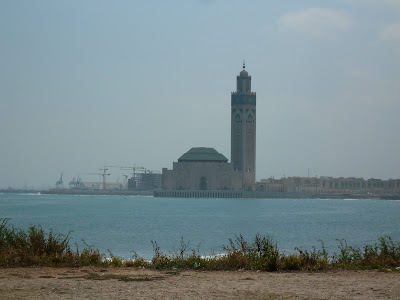Jenny and I were fortunate to be able to go to Egypt recently to see some of the amazing ruins and antiquities dating back some 5000 plus years. The Egyptian Government, with the help of many other governments, have done a beautiful job of restoring some of these priceless work of arts: yes works of art.
On day nine we had to get up about 5:00am to catch a flight from Aswan to Abu Simbel to see Rameses II temple. This was an optional tour and although I was getting a little tired of seeing beautiful temples, we had booked the tour before we left the States, so off we went. I’m glad we did go because it was fantastic!
Jenny and I have flown on many airlines in different countries, and when we or at lease I, take the first domestic flight in a country; I get a little apprehensive! Of course it helped that we had already flown from Cairo. Both of our flights were as good as it gets when one talks about all the hassles one gets when he flies. The Aswan Airport had security guards everywhere: read military. This was the first airport I ever had to show identification and flight itinerary before entering the airport.
Abu Simbel is about 150 miles southwest of Aswan and located on the western bank of Lake Nasser. It is part of the UNESCO World Heritage Monuments called “Nubian Monuments” which includes sites as far north as the Philae Temple just south of Aswan, a temple we visited he next day, of course!
Lake Nasser is over 340 miles long, with about 270 miles of the lake in Egypt and the rest in Sudan; where the lake is called Lake Nubia. There are two dams built in Cairo which created this massive lake; Aswan Low dam completed in 1902 and Aswan High Dam completed about 1970. The first dam wasn’t was large enough to control the flooding therefore the large High Dam was constructed.
I wanted to introduced Lake Nasser first because Abu Simbel Temple (actually two temples at this site but I refer to both singularly) had to be moved when the High Dam was built otherwise it would have been flooded and lost forever. The two temples was moved around 1964 over 200 feet higher and about 660 feet west of the lake. This unbelievable engineering feat was financed by international donations under the direction of UNESCO with archeologists, engineers and skilled construction workers from around the world.

This is a model of Abu Simbel site which shows where the site is now compared to where it originally was located. Today the lake is several feet above the original site.

The site as it looks today; Ramses II temple is on the left and Queen Nefertari is on the right.

A closeup shot of the facade Rameses II Temple.















































